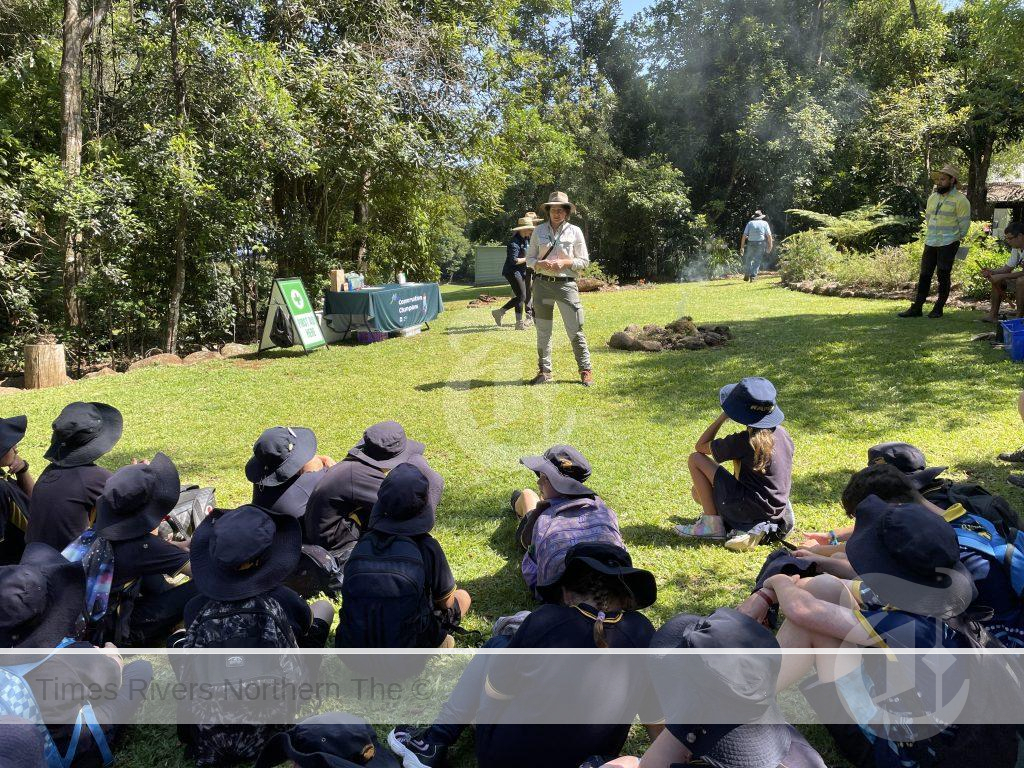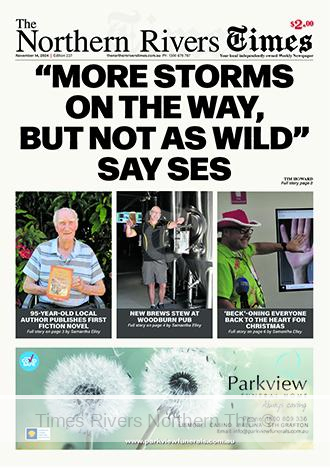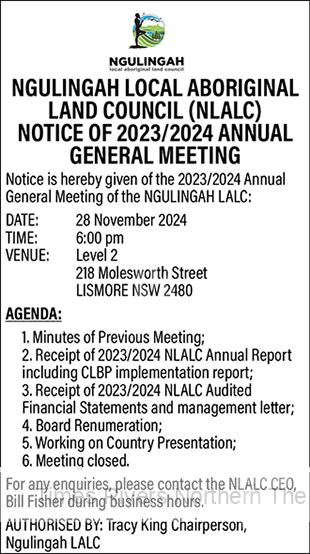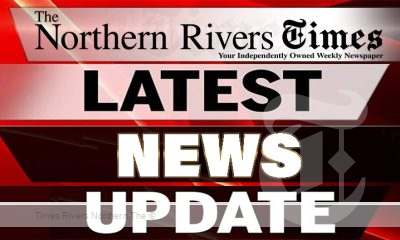Free Dental Check-Ups Now Available to More Children Across NSW
By Ian Rogers
The Primary School Mobile Dental Program has reached an exciting milestone, marking its 1,000th public school visit this week. This achievement comes after the Minns Labor Government expanded the program to provide free dental check-ups to even more children across New South Wales. Since its launch in 2019, the initiative has offered free dental care to 300,000 public school students, helping to address dental health needs and promote good oral hygiene among young children.
The program has grown significantly, with three additional Local Health Districts (LHDs)—Far West, Northern NSW, and Illawarra Shoalhaven—joining in 2023. These new districts have collectively visited 38 schools, providing nearly 2,400 children with free dental check-ups in the past year. Currently, the mobile dental clinics operate across 11 Local Health Districts, delivering essential services directly to primary schools.
Services Provided by the Mobile Dental Clinics
The mobile dental clinics offer a range of on-site services, including:
- Dental check-ups
- Cleans and X-rays
- Preventive treatments
- Education on oral hygiene
These services address both immediate dental concerns and long-term oral health education, ensuring children learn the skills they need to maintain their dental health. If further treatment is required, public dental service staff reach out to parents and carers to coordinate follow-up care, either at the school or a local dental clinic.
Accessible Dental Care for All Children Under 18
In addition to the Primary School Mobile Dental Program, all children under the age of 18 can access free dental care at NSW Health public dental clinics. This broader initiative reflects the Minns Labor Government’s commitment to providing essential healthcare services to families across the state, particularly during challenging times.
This program aligns with the government’s vision to build a better NSW, ensuring every child has access to quality healthcare and education—key pillars of a healthy, thriving community.
Comments from Leaders and Participants
Deputy Premier and Minister for Education and Early Learning, Prue Car:
“It is fantastic to see that the dental van has made 1,000 visits to public schools across NSW, offering free check-ups to so many public-school students.”
“Providing free dental care is a win-win for parents, particularly in a cost-of-living crisis.”
“The dental van is a fantastic program that has given thousands of students access to free dental care and helped public school students to learn healthy habits from an early age.”
Minister for Health, Ryan Park:
“Oral health care is a crucial part of being and staying healthy, and these mobile dental clinics make it easier for families to receive essential check-ups.”
“Expanding this program to more parts of NSW provides more children with free, school-based dental care, helping families who don’t have easy access to private dental care.”
“This is an important and exciting milestone to celebrate, and I want to thank everyone who has been a part of the 1,000 school visits and offered free dental care to more than 300,000 children.”
Michelle Wells, Principal, Farmborough Road Public School:
“We were thrilled to have the NSW Dental Vans visit our school.”
“For our students, it’s so important to get their teeth checked and learn about how to best look after their gorgeous smiles. For our parents, it was something they could tick off their list without worry, knowing their child’s dental health had been checked at school.”
“This is an excellent initiative that makes a genuine difference in the lives of our students and their families.”
For more information about the program or to find out how your child can access free dental care, visit here.
For more local news, click here.





 Tweed Shire News2 years ago
Tweed Shire News2 years ago
 Motoring News2 years ago
Motoring News2 years ago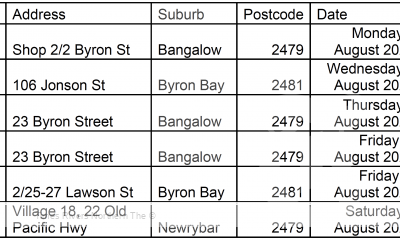
 COVID-19 Northern Rivers News3 years ago
COVID-19 Northern Rivers News3 years ago
 COVID-19 Northern Rivers News3 years ago
COVID-19 Northern Rivers News3 years ago
 Northern Rivers Local News3 years ago
Northern Rivers Local News3 years ago
 Health News3 years ago
Health News3 years ago
 COVID-19 Northern Rivers News3 years ago
COVID-19 Northern Rivers News3 years ago
 NSW Breaking News3 years ago
NSW Breaking News3 years ago






